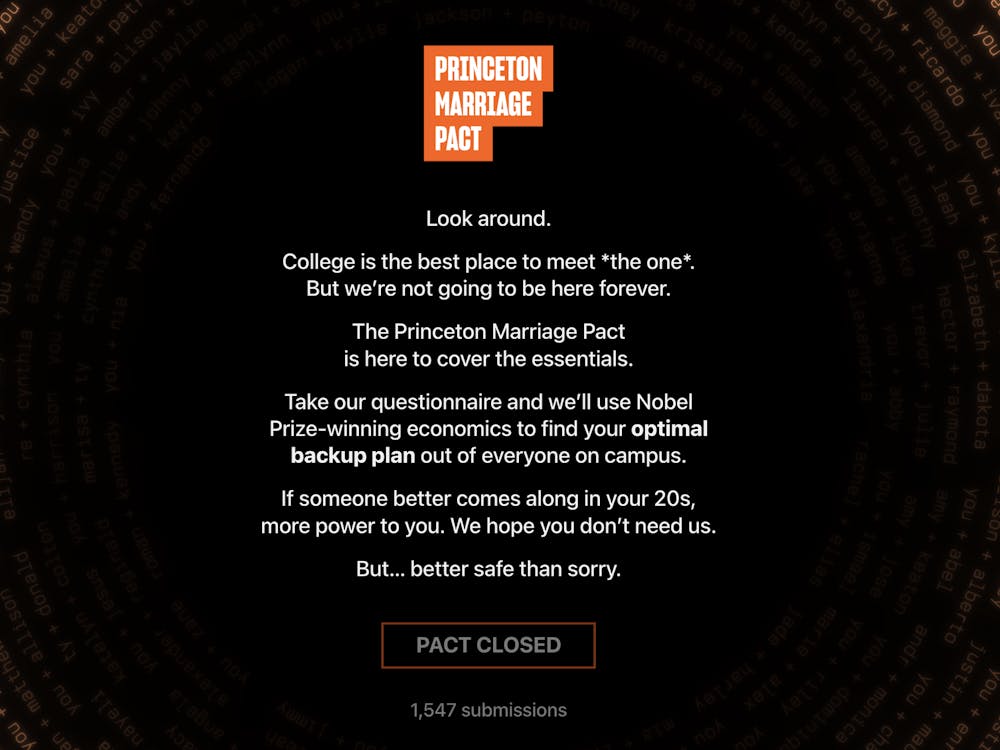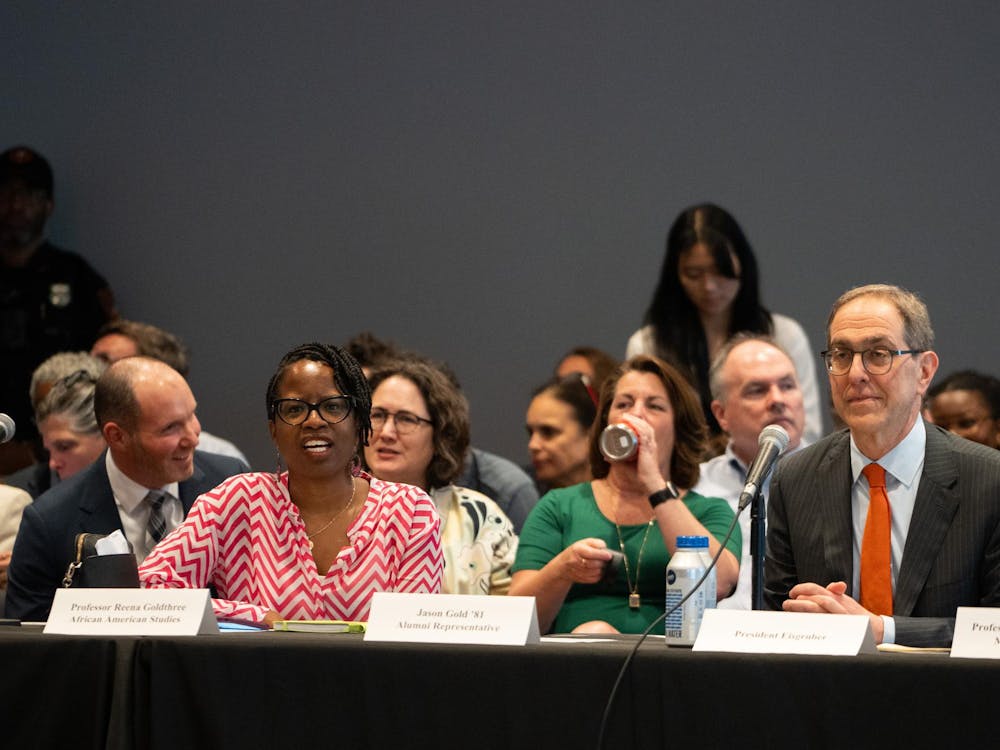The following is a guest contribution and reflects the author’s views alone. For information on how to submit a piece to the Opinion section, click here.
When I graduate from Princeton in two weeks, I will leave holding almost $60,000 in debt, with an additional $20,000 in interest that will accrue over the 10 year standard repayment plan. This debt burden is spread across federal loans ($26,720 principal + $10,073 interest); Princeton Heartland-ECSI private student loans ($7,000 + $1,505); and Sallie Mae private student loans ($22,500 + $10,629).
For a university that advertises a generous “no loan” financial aid policy and has the highest per-student endowment funds in the country, such a debt burden at graduation is unconscionable.
Student debt is not vanishingly uncommon at Princeton: 11 percent of students graduate with debt — not including parental loans — and have an average of $17,500 in loans for all four years. But the problem seems to be worst for those whose actual need differs from the University’s formulaic estimations.
Take my story as an example. Despite repeated evidence — both before and after taking out loans, that I would be unable to pay what Princeton asked of me — the University never set a cost that I could truly meet loan-free.
When I was accepted to Princeton, the family contribution in my financial aid offer came as a nasty surprise that we could simply not afford. In my youthful naivete, I was sure that the financial aid office would come around quickly once I showed them how I would have to take on first federal and then also private loans to cover the cost of attendance.
My first year came and went with no grace given. But I was hopeful that by sophomore year, when they could see that I was taking out loans in my name (cosigned by a parent), they would see that their math was off. Surely, I thought, they could not chalk up my $18,000 in loans that first year to a ruse to help my parents avoid coughing up money they had neatly tucked away. No such money existed.
In sophomore year, I initiated the appeals process. It was a grueling and lengthy experience that almost barred me from registering for classes on time, since I had delayed applying for more loans, and thus paying my tuition, in the hopes that I would receive the aid I needed. Yet I got no reprieve.
That year, my family had suddenly taken on the costs of a close relative’s funeral and the repair of our flooded basement, and I was especially optimistic that the University would be understanding this round. As I sat with a financial aid officer to plead my case, I recall how she told me that my family would need to provide receipts for these irregular costs as part of the appeal — but that I should not expect a dollar-for-dollar reduction in my expected contribution.
When they ultimately rejected my appeal, they pointed vaguely at my “parents’ income and assets,” without giving any additional information. Perhaps Princeton thinks that they are seeing something that I am not. But even after appealing and annually expressing my family’s financial straits and our confusion over the price, the financial aid office has never explained where they think the money should come from.
Princeton’s outsized expectations of my family continued to require me to turn to student loans. My sophomore year, I took out about $14,000, followed by about $17,000 my junior year and about $7,500 for my senior year. And Princeton knows the exact dollar amount that I am on the hook for. Before I can take out a loan, the loan servicer must certify the loan with the University.
I would not be taking out these loans if I did not have to: The loans themselves, especially the private loans, are expensive. Although I was able to borrow some from the federal government — $5,500 for my first year, $6,500 for my second year, and $7,500 for each of my final years — there was still a sizable portion that I needed to borrow on top of this.

This forced me to take on private market loans that have much less favorable interest rates and conditions. Unlike federal loans and Princeton student loans, private loans use a cosigner to determine interest rates, tying the overall cost of the loan — and my attendance — on my parents’ credit scores, something I have no control over. Over the lifetime of the loan, my interest payments will amount to 67 percent of the principal of the loan, about $15,000.
After I graduate from Princeton, I want nothing more than to devote my time to be “in the nation’s service and the service of humanity.” I hope to work for NGOs that help disadvantaged communities. But these are not jobs that pay high salaries, and they are certainly not professions that would allow me to have around $8,000 each year to devote to paying down student debt for the first 10 years after graduating.
The financial aid system calculates the price parents — folks at the heights of their careers (and salaries) — can afford. But in my case, I will be paying this cost as a young graduate at the very beginning of his career.
If my case is truly unique, it should have been simple for the financial aid office to adjust my aid to give me the help I needed. Alternatively, if I am part of a much larger pattern — and it seems likely I am — it feels disingenuous for the University to keep talking up its “no-loan policy … [that] makes it possible to graduate with little to no debt.” Princeton has precisely calculated how much debt they are comfortable with me owning. If $56,000 (+ $22,000) is so “little” for the University, perhaps Princeton can find the funds to cover the cost.
Otherwise, it seems the financial aid policy is designed not with students’ actual needs in mind, but only to look good on paper.
Avi Chesler is a senior studying Religion, Theatre, and Humanistic Studies. He is a former head Print Design editor for the ‘Prince.’ He may be reached at achesler[at]princeton.edu.
Please send any corrections to corrections[at]dailyprincetonian.com.








